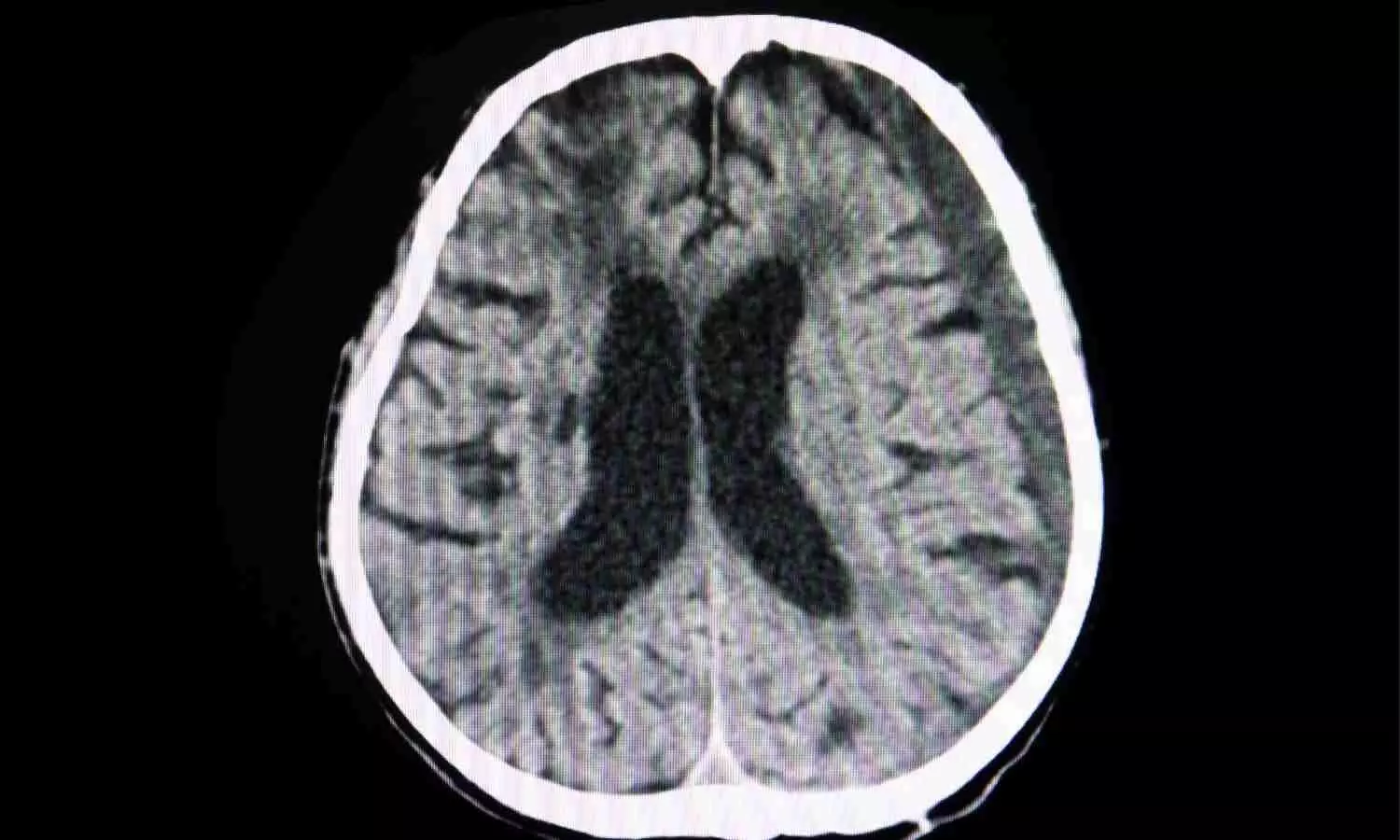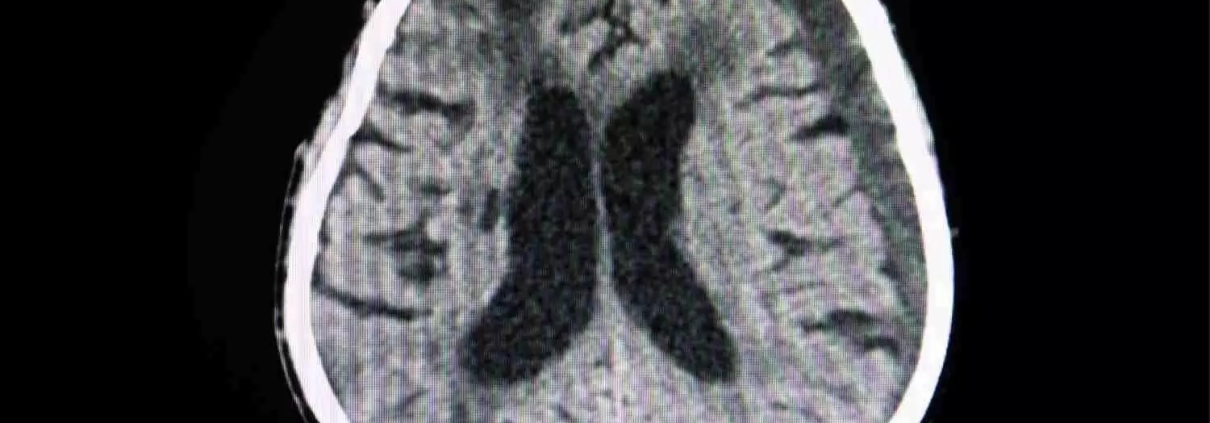Blocking artery feeding dura during surgical drainage may reduce risk of repeat surgery in subdural hematoma

Injection of a substance to block an artery feeding the dura (protective sack around the brain) along with surgery to remove pooled blood reduced the risk that patients will require repeat surgery compared to surgical drainage alone, according to preliminary late-breaking science presented today at the American Stroke Association’s International Stroke Conference 2024. The meeting, held in person in Phoenix Feb. 7 – 9, 2024, is a world premier meeting for researchers and clinicians dedicated to the science of stroke and brain health.
A subdural hematoma occurs when there is a tear in one of the thin blood vessels that stretch between the surface of the brain and the overlying membranes that protect the brain. A subdural hematoma can occur because of physical trauma such as a car accident, however, it may also develop slowly in the days or weeks after the injury. This study explored treatment for subacute or chronic subdural hematoma. Subacute subdural hematoma occurs following less severe trauma, such as a concussion-with symptoms such as weakness, numbness, tingling, seizure, headache, confusion or dizziness that develops over hours or days after the event. Chronic subdural hematoma can result from slow bleeding after minimal trauma that the patient may not even remember-American Heart Associationsymptoms may be subtle and/or may take weeks to be noticeable enough to seek treatment.
“Chronic subdural hematoma is one of the most common neurosurgical conditions and is likely to increase in the future since we have a sizeable aging population, with many taking blood thinners to manage various medical conditions,” said study co-author Jason Davies, M.D., Ph.D., an associate professor in the departments of neurosurgery and biomedical informatics at the State University of New York, Buffalo. “These hematomas often form in the elderly because as we age, the brain shrinks and pulls away from the inside of the skull, stretching the veins that form a bridge between the dura and the brain, which makes them more likely to tear after a small trauma and leak blood into the protective space between the brain and skull, the dura.”
Treatment for subacute or chronic subdural hematoma may involve a surgical procedure to drain pooled blood from the area or closely monitoring symptoms to determine if and when intervention may be necessary. The challenge is that even with surgery, repeat surgery may be needed in up to 20% of cases of subdural hematomas.
The EMBOLISE clinical trial tested whether a subacute or chronic subdural hematoma is less likely to require additional surgery if, in addition to surgical drainage, a substance is injected to block, or embolize, one of the arteries supplying blood to the dura. The OnyxTM liquid embolic system, tested in this trial, is already used prior to surgery to reduce bleeding in people having an operation to correct an abnormal connection between arteries and veins in the brain.
Between December 2020 and August 2023, researchers enrolled 400 adults (average age of 72; 27% women) at 39 centers (including both community and academic hospitals). All were about to undergo surgery for subacute or chronic subdural hematoma and were considered able to care for themselves and likely to survive at least one year. Patients were randomly assigned to receive either surgery alone or surgery plus embolization using the liquid embolic system to help reduce the progression or recurrence of subdural hematoma.
The primary outcome was how frequently there was reaccumulation of blood (a recurrence) that required surgical drainage within 90 days.
The analysis found:
- Subsequent subdural hematoma within 90 days and need for surgical drainage occurred in 4.1% of patients who had surgery plus embolization and 11.3% of those who had surgery alone.
- At 90 days after surgery, increasing disability and neurological dysfunction was found to be comparable (statistically the same) in both groups, with 11.9% of patients who had surgery plus embolization and 9.8% of patients who had surgery alone.
- Serious adverse events attributed to embolization occurred in 2% of patients who received it.
“The EMBOLISE trial showed that there was a nearly 3-fold reduction in re-operation for patients that were treated with surgery plus embolization,” Davies said. “Fewer trips to the operating room mean less potential for pain, complications, recovery and expense for the patient. Furthermore, we see that the complications related to the embolization procedure were low and that there was no increase in neurological problems.”
Study details and background:
- The EMBOLISE (Embolization of the Middle Meningeal Artery With OnyxTM Liquid Embolic System in the Treatment of Subacute and Chronic Subdural Hematoma) study was conducted at multiple hospitals and health centers in the United States.
- The liquid embolic system treatment starts as an injectable soft solid, flows as a liquid when force is applied, and then returns to a soft solid state to stop the leaking blood vessel.
- Other arms of the EMBOLISE study, which included patients not undergoing surgery and randomized to either receive the liquid embolic system or not, are ongoing and not being presented at ISC 2024.
- Additional measures to gauge success of the liquid embolic system treatment included the number of hospital readmissions; change in hematoma (pooling of blood) volume or thickness; and change in midline shift (when a hematoma pushes brain tissue out of alignment), all assessed at 90 days after treatment.
- Safety endpoints included the incidence of neurological death or serious adverse events occurring within 30, 90 and 180 days after treatment.
The main limitation was a relatively high loss to follow up. “One of the challenges of conducting this trial was dealing with a frail elderly population, especially in the middle of the pandemic. Tracking patients down for follow up is always a challenge, and these were compounded by the various COVID-era restrictions that many of our sites faced,” Davies said.



